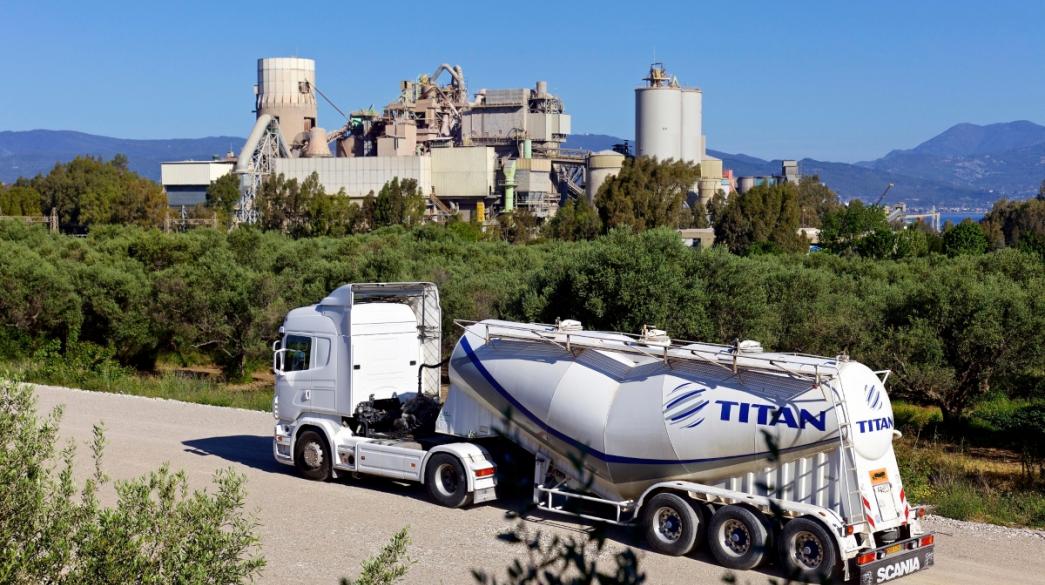The demand for "green" cement is growing, which is why the Titan Group is seeking to expand its own "green" product portfolio with the appropriate investments, in order to cover all the markets in which it operates.
According to Titan's latest official figures, "green" cements account for 24.1% of the group's production volumes. The management's goal is to increase this percentage to 50% in 2026, while the initial target was 60% in 2030.
When Marcel Cobuz, a French-Romanian, took over as chairman of Titan's Executive Committee in July 2022, his main priority was to lead the company into the new era of digital transformation and carbonisation.
Already the application of artificial intelligence in the production process is bearing fruit as computer systems monitor the behaviour of machines such as kilns and cement mills and process hundreds of pieces of information, leading to greater machine efficiency at lower costs.
Alternative fuels and pozzolana in the battle against carbonisation
However, great strides have also been made in the group's efforts to reduce its environmental footprint by using alternative fuels that emit less carbon dioxide and by limiting the use of clinker (raw material), which has limestone and emits large amounts of CO2.
Already in 2022 a historic low in the clinker content of cement products was achieved. The group acquired a 45% stake in the company Perlites Aegean with which it secured the group's needs in pozzolana which can replace clinker in the final product (cement).
Just yesterday the Greek group announced a new acquisition - it acquired concession rights to the Vezirhan pozzolan mine in East Marmara, Turkey - which, apart from securing long-term reserves for its own use, serves its growth strategy for 2026, which focuses on doubling the volume of green cement produced and accelerating the market launch of new green products.
It is no coincidence that the mine has access to a deep port and railroad, which facilitates both land and sea transport to all the markets in which Titan operates around the world.
Why the demand for 'green' cement is increasing
The greatest demand for "green" products is being seen from large construction companies, which often have their own carbon footprint reduction targets, public infrastructure contractors, commercial and residential developers, and end-users looking to improve the carbon footprint of their buildings.
According to experts, demand is expected to grow, driven by increasing customer awareness, the introduction of carbon footprint reduction targets by more companies, incentives from governments to adopt sustainable construction practices and developments in green technologies. However, a full transition at the international level will take time.
Pozzolan is used to replace clinker in cement because of its pozzolanic action (the ability of a material to react with calcium hydroxide in the presence of water to form cementitious compounds). This substitution improves the workability of fresh concrete as well as the durability of hardened concrete, and improves the environmental footprint by reducing CO₂ emissions during cement production in the presence of pozzolan.



